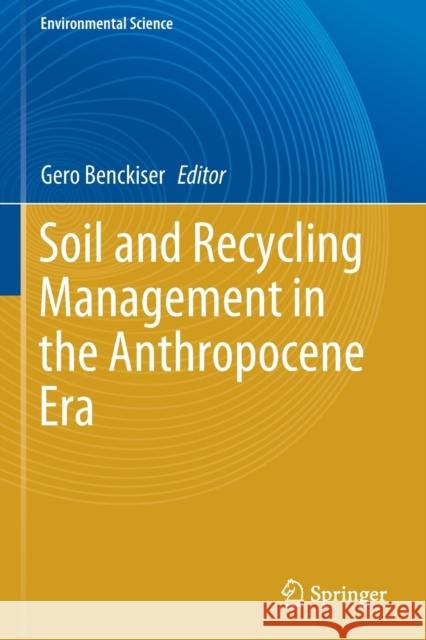Soil and Recycling Management in the Anthropocene Era » książka
topmenu
Soil and Recycling Management in the Anthropocene Era
ISBN-13: 9783030518882 / Angielski / Miękka / 2022 / 190 str.
Soil and Recycling Management in the Anthropocene Era
ISBN-13: 9783030518882 / Angielski / Miękka / 2022 / 190 str.
cena 325,42 zł
(netto: 309,92 VAT: 5%)
Najniższa cena z 30 dni: 325,42 zł
(netto: 309,92 VAT: 5%)
Najniższa cena z 30 dni: 325,42 zł
Termin realizacji zamówienia:
ok. 20 dni roboczych.
ok. 20 dni roboczych.
Darmowa dostawa!
Kategorie:
Kategorie BISAC:
Wydawca:
Springer
Język:
Angielski
ISBN-13:
9783030518882
Rok wydania:
2022
Ilość stron:
190
Waga:
0.27 kg
Wymiary:
23.39 x 15.6 x 1.02
Oprawa:
Miękka
Wolumenów:
01
Dodatkowe informacje:
Wydanie ilustrowane











